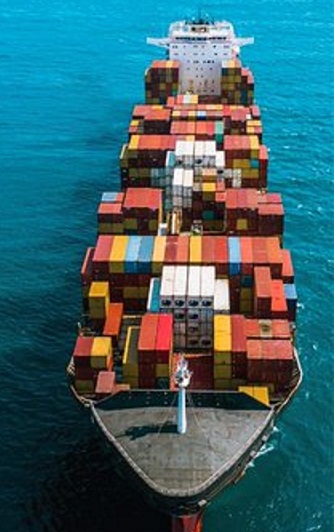
AMN / STAFF REPORTER
NITI Aayog today released the Export Preparedness Index (EPI) 2020. EPI intends to identify challenges and opportunities; enhance the effectiveness of government policies and encourage a facilitative regulatory framework.
The structure of the EPI includes four pillars which are Policy, Business Ecosystem, Export Ecosystem and Export Performance.
It also includes 11 sub-pillars like Export Promotion Policy, Institutional Framework, Business Environment, Infrastructure and Transport Connectivity.
On the occasion, NITI Aayog Vice Chairman Dr Rajiv Kumar said that the Indian economy holds immense potential to become a strong exporter on the world stage.
He said, to realize this vision, the Export Preparedness Index evaluates states’ potentials and capacities.
Dr Kumar said, it is hoped that the detailed insights from this Index will guide all stakeholders towards strengthening the export ecosystem at both the national and sub-national levels.
NITI Aayog, Chief Executive Officer Amitabh Kant said that the Export Preparedness Index is a data-driven effort to identify the core areas which are crucial for export promotion at the sub-national level.

He said, all the states and Union Territories have been assessed on crucial parameters that are critical for any typical economic unit to achieve sustainable export growth.
This edition of EPI has shown that most Indian states performed well on average across the sub-pillars of Exports Diversification, Transport Connectivity and Infrastructure.
It also says, overall, most of the Coastal States are the best performers. Gujarat, Maharashtra and Tamil Nadu occupy the top three ranks.
NITI Aayog said, to achieve the target of making India a developed economy by focusing on ‘Atmanirbhar Bharat’, there is a need to increase exports from all the States and Union Territories.
The EPI provides invaluable insights on how states can attain this goal.

